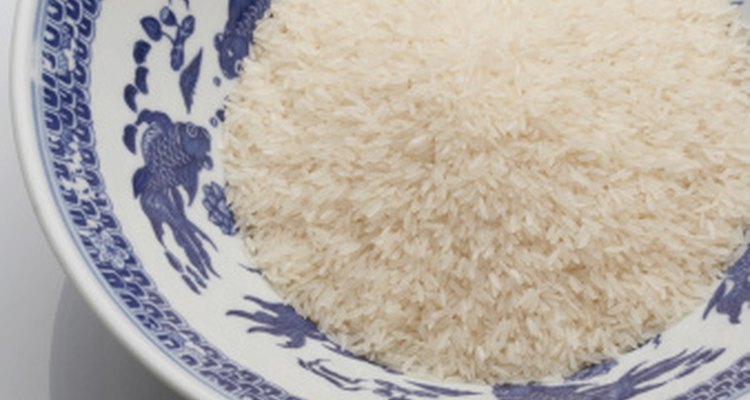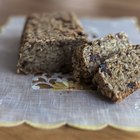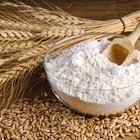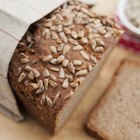
Whole wheat pastry flour has been milled from a soft wheat bran, with a fine texture. The purpose of using a pastry-type flour is ideally to create lighter, fluffier baked goods. Using whole wheat is far healthier than using white flour, which has been stripped of many essential nutrients. Wheat maintains many of the nutrient-dense fibers that are better suited for optimal health.
Allergy Issues
If you’re looking to substitute wheat because of allergy issues, you might be able to use spelt flour. Spelt is similar to wheat; it’s a sub-species of wheat and contains gluten, so when baking with it, it carries properties similar to those of wheat. For some wheat allergy suffers, though, spelt is suitable for consumption. If you suffer from celiac disease, however, eating spelt is not advisable.
Baking without Wheat

Attempting to bake with alternative flours can be tricky -- primarily because the quality of the wheat, which is responsible for making our favorite baked goods so desirable, is missing. If you're not careful, instead of being light and airy, your pastries might turn out dense and even gritty. Usually, combining alternative flours is optimal, but it takes time to determine which ones function best together -- and success will ultimately come only from trial and error. The flour combination that makes a good brownie might not work for bread baking and vice versa. If you’re not up for experimenting, you can always purchase gluten-free baking flour in pre-mixed packages.
Alternative Additions
The key ingredient lacking in pastry dough when using alternative flours is gluten, although some alternative flours contain gluten in small amounts. Gluten acts as a binding agent, holding pastry dough together. Without it, something else needs to be added to promote the familiar, and desired, consistency. For every cup of any gluten-free flour you use, add 1 tsp. of either xanthan gum, guar gum or pre-gel starch. Any of these ingredients can be purchased at a health food store, and supermarkets increasingly carry them as gluten-free baking becomes more mainstream.
Substitutes

Rice flour is a favorable substitute for wheat flour. It’s been used by bakers the world over in making gluten-free baked goods. In health food stores, it’s not uncommon to find donuts, Swiss rolls and various breads made from rice flour. Other common alternatives include: soy flour, oat flour, quinoa, kamut, amaranth, millet, barley and many more.
Related Articles

What Does Baking From Scratch Mean?

How to Replace Wheat

Gluten-Free Bread Without Eggs

Differences Between Bleached Flour & ...

Can I Substitute Bleached for ...

What Is a Substitute for Potassium ...
What Is the Difference Between Cake ...

What Can I Substitute for Cake Flour to ...
Does Cake Flour Contain Baking Soda & ...

Alternative Flours to Make Pizza
Flour Substitute for Muffins

Russian Rye Bread vs. Pumpernickel

Does Unbleached Bread Flour Make ...

Can You Use Konjac Flour in Baking?
Can You Substitute Whole-Wheat Pastry ...

How to Add Gluten to All-Purpose Flour

Can I Make Boxed Devil's Food Cake Mix ...

Substitute for Gram or Besan Flour

How to Bake Chicken With Almond Flour

How to Use Xanthan Gum in Baking
References
Resources
Writer Bio
Teresa Fort began her writing career in 1992. She has successfully completed screenplays and a children’s book while also contributing her talent to numerous blogs and various print publications. Fort acquired her associate degree at San Diego Mesa College before studying English literature through Sonoma State University, in California.
Photo Credits
Jupiterimages/Photos.com/Getty Images